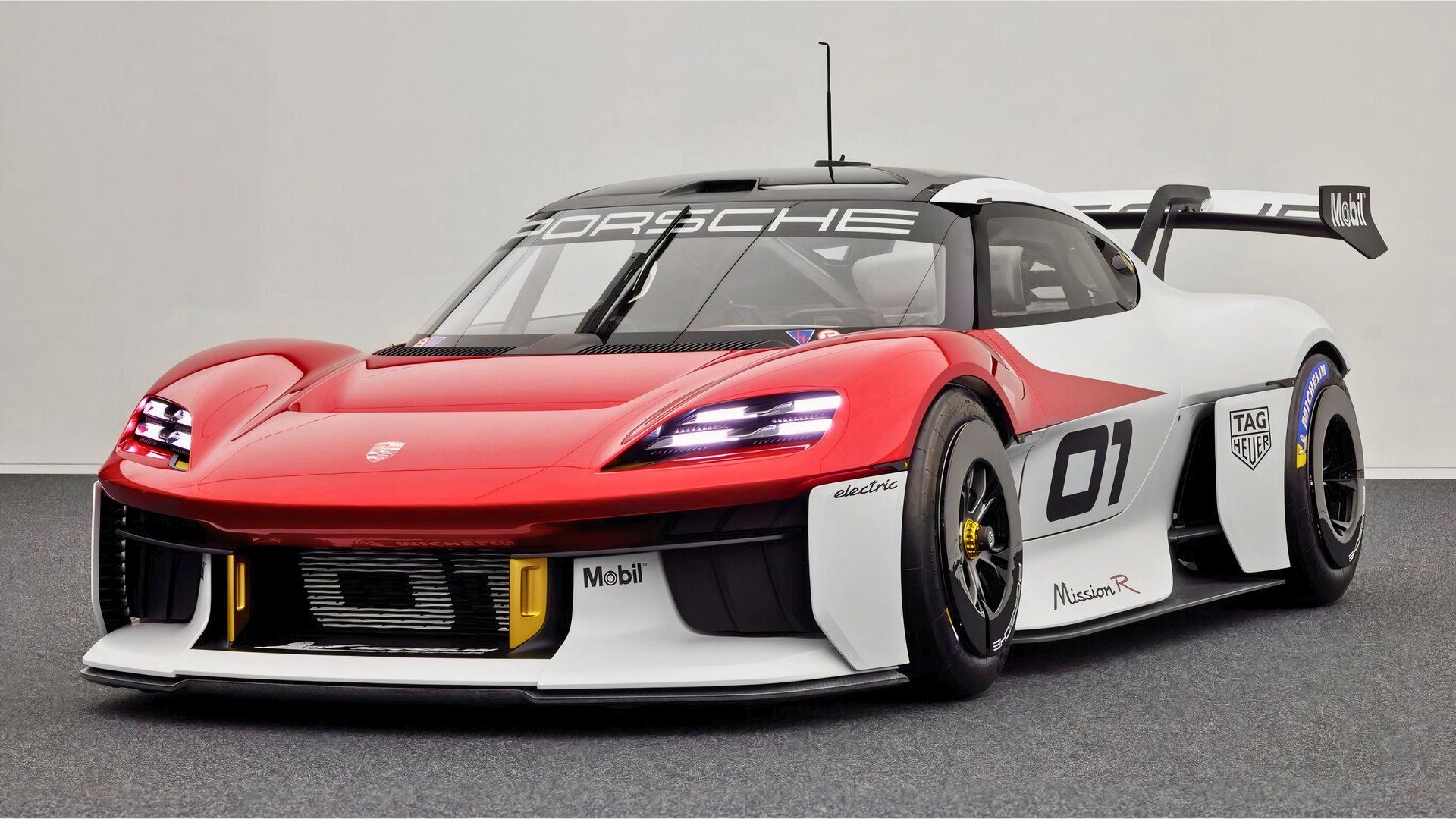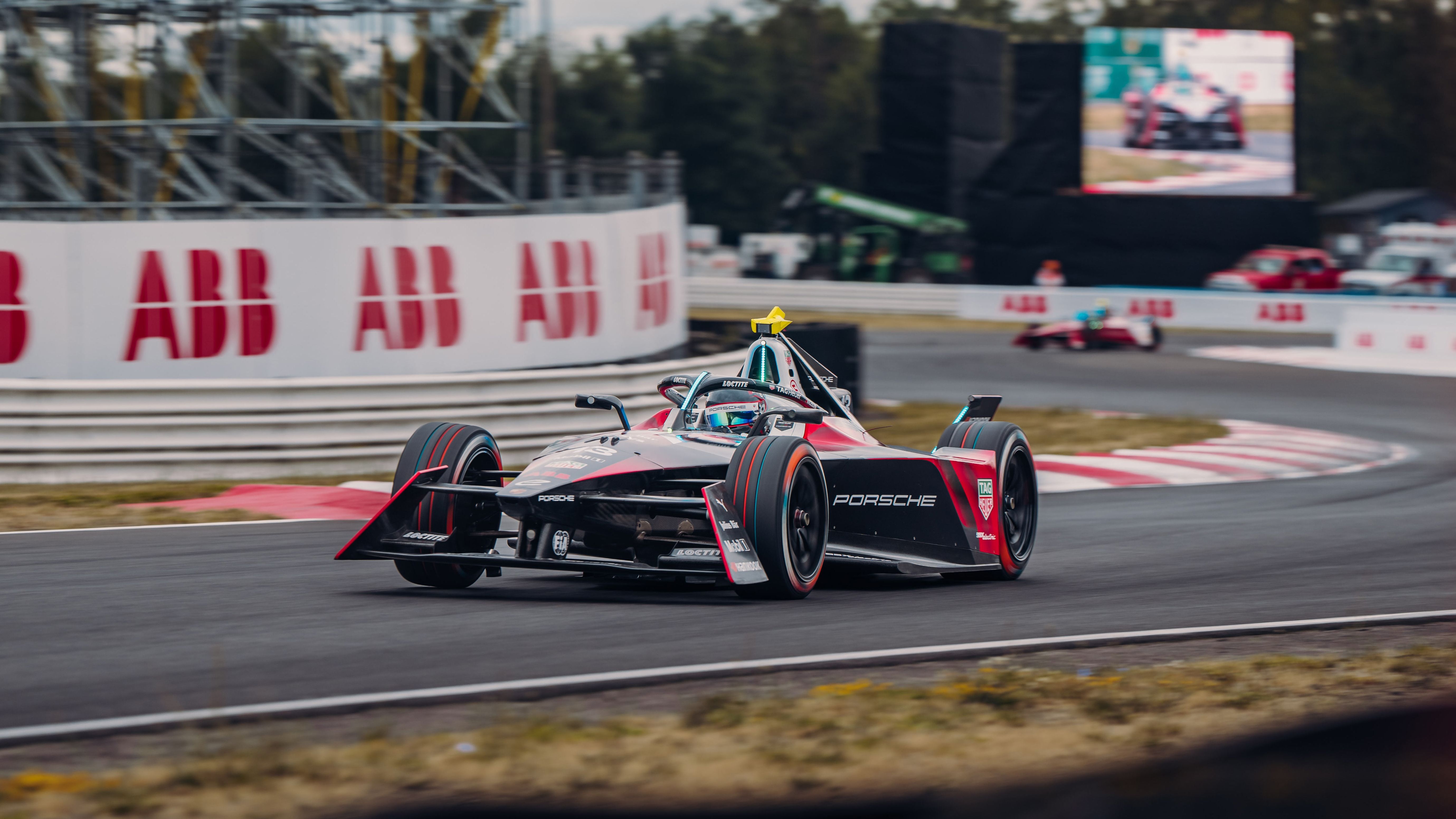We’ve been waiting for some proper electric sports cars in the U.S. so knowing that Porsche is working on battery-powered versions of the 718 Boxster and Cayman gives enthusiasts something to look forward to. With the brand’s electrification plans getting a rethink, however, it’s not unreasonable to harbor some anxiety about Porsche’s dedication to the program. Fear not, as Porsche R&D boss Michael Steiner provided Autocar with an update on the 718 EVs, detailing the ways in which the electric Boxster and Cayman will utilize race technology to make them truly great sports cars, based on a unique platform.

Related
Everything We Know About The Porsche 718 Boxster EV
The Porsche 718 Boxster is going electric, but its essence remains the same
Handling At The ‘Core’
A big reason to love the current 718 is in the vehicle’s handling. A lot of that handling prowess comes from paying attention to gravity in two ways. First, they’re lightweight cars, which helps make them nimble. Second, they’re mid-engine, with the weight of the engine just behind the driver. Porsche is maximizing the efficiency of its regenerative braking system in order to keep the battery small and light. More interestingly, it’s not packaging that battery in the typical way, as a flat pack below the floor. Instead,
the 718 EV
platform features a unique “core” layout, which puts the battery behind the seats, essentially replicating the center of gravity of t
“It’s putting the center of gravity as close to the driver as possible so the car around them is really flexible and agile,” said Steiner. “Then you can really handle and control the car nicely and it’s really well balanced.” It has the added advantage of allowing the driver to sit low in the car, which further enhances the feeling of driving a true sports car. Sounds promising.

Add TopSpeed to your Google News feed.
Braking Performance Learnings From Formula E
Part of making the electric core platform work was in maximizing the efficiency of the car to enable the smaller battery. Steiner said to combine efficiency with braking performance, Porsche paid a lot of attention to blending regenerative and traditional braking systems. Part of the solution was to forsake a one-pedal driving system.
“If you ask any race driver, none would choose a one-pedal system because you should have control of recuperation and braking on the same pedal as seamlessly as possible,” Steiner told Autocar. “In cornering, if you don’t have the right feeling on the pedal, you don’t have trust in the stability of the car.” He said that the perfecting the braking feel in cornering is “something we’ve learned in Formula E.”
Steiner also said that a one-pedal braking system also initiates regeneration earlier than is ideal in performance driving. But putting all the control of the brakes in the actual brake pedal allows the driver to “do the modulation you need – and also feel the reaction of the tarmac, steering and things like that. So you can control the car with the brakes as well as the throttle and, in our view, this is superior to a system that does something you can’t control.”


